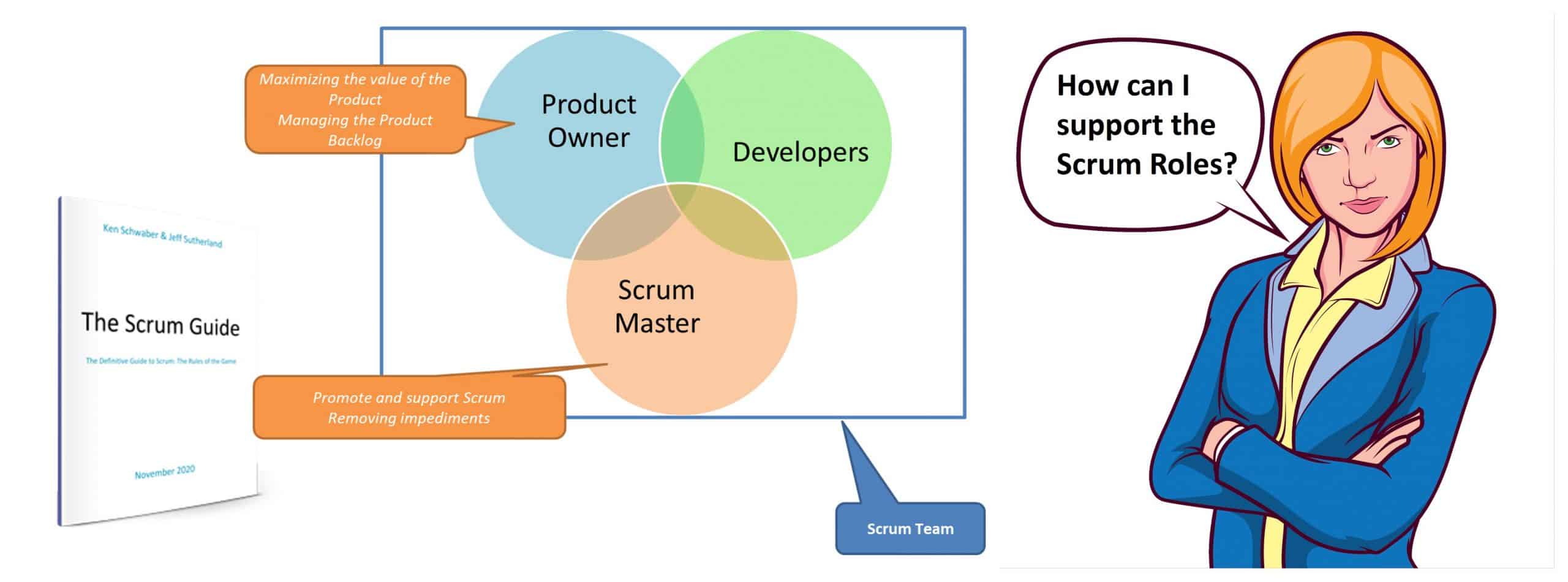
Scrum Guide for Leaders – Supporting the Scrum accountabilities/roles
We started the Scrum Guide for Leaders series with a discussion of what Scrum means for you as a Leader. Next, we discussed the conditions
Home » Agile Leadership » Page 2

We started the Scrum Guide for Leaders series with a discussion of what Scrum means for you as a Leader. Next, we discussed the conditions

How Leaders can create the conditions where Scrum can thrive As mentioned earlier, Scrum is founded on empiricism – transparency, inspection, and adaptation. Empiricism is

Scrum – The Leader’s Perspective Are you leading Scrum Teams? Are you a leader in an organization that’s leveraging Scrum? Hopefully, you’ve read the Scrum

After more than 20 years working in the software industry, 10 of which coaching engineering organizations on their Agile and DevOps journey, Yael Rabinovich, a SAFe (Scaled Agile Framework) Program Consultant and Partner at AgileSparks, will share her experience and present a number of ways that accelerate value delivery at scale. While these ways may look simple at first, they are not easy to implement. Yael will discuss challenges organizations face and the way to overcome them while sharing stories and case studies from international organizations such as Intel, Alcatel Lucent, Motorola and more.

You hear the term “Business Agility” everywhere. In this webinar, we will cover what does it mean, how is it different from Agile, what actual practices you should use in order to achieve Business Agility, and how to measure it.

ARTs are focused on continuous improvement, and the RTE and Scrum Master are the on-board coaches to enable this growth. This webinar explores many ways that the RTE and Scrum Master can enhance the growth of the ART through coaching and mentoring. Presented by SPCT Dwayne Stroman

Recently in retrospectives of one of the scrum teams, one team member had some strong opinions about guidelines that were defined for code reviews. Besides what to review and how to review, the guidelines also had some instructions on who should review which features/stories’ code. He strongly felt that the reviewers for his stories didn’t add much value, the code reviews waited longer for feedback, and the reviewer didn’t seem to have much context, so didn’t add much value. He felt that his design reviewers or his colleagues working on the same story should have been the peer reviewers!

The coronavirus has sent many people that on regular days are working from the office to work from home. This is a big change for many teams that need to establish new ways of working.
Here are some tips for managers that are relevant for these days (which are relevant for regular times as well):
Video calls are highly recommended: they keep people engaged and focused on the meeting, reducing multi-tasking and keeping meetings short and fluent. There should be a very good reason not to have a video call.

The complex reality presents many challenges and dilemmas that Scrum Masters and leaders at all levels try to solve using problem-solving techniques. Yet dilemmas are different from problems. While problems have a good answer or solution, dilemmas have more than a single good answer.
We are all familiar with dilemmas like Centralized vs. Decentralized, Cross-functional vs. Professional-focus, Quality vs. Speed, Individual improvement vs. Team improvement, Continuity vs. Transformation, Task-focus vs. relationship-focus, and many more.

Transformations naturally start with a change in the process and the tools, which inevitably create tension that is supposed to catalyze a deeper change in other elements of the culture. Many implementations struggle and even get stuck at that stage. This is the hard part since it is mostly about people’s behaviors and habits and it takes time. This is exactly where HR professionals come in! I’m not trying to say that only at this stage HR people start partnering and pushing the transformation, I am only emphasizing their importance at this stage. HR departments are key in leading Agile transformations to long, lasting and truly impactful ones.
Request for additional information and prices